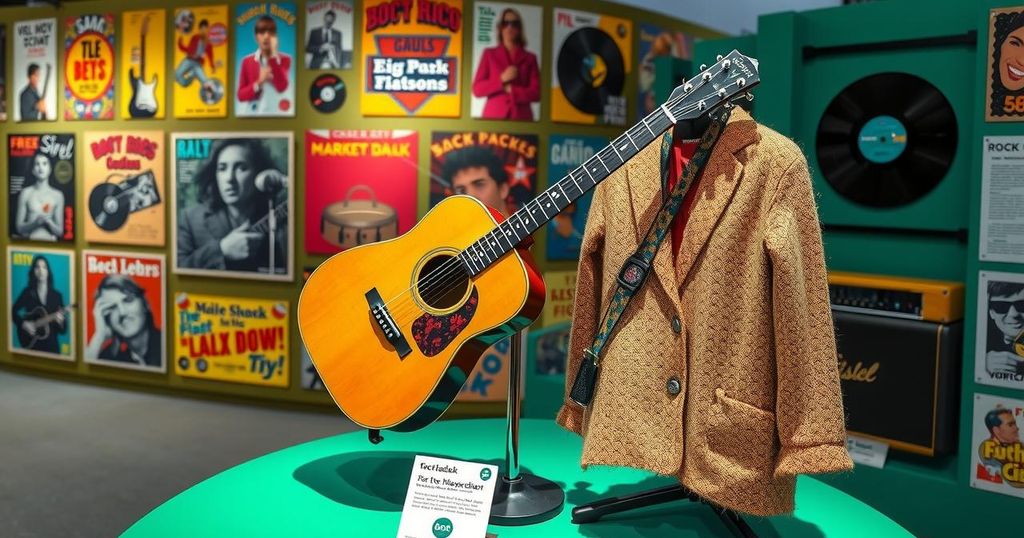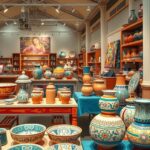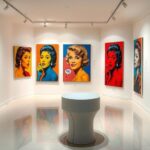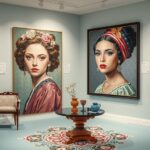“Lives Less Ordinary” is an exhibition at Two Temple Place highlighting the work of UK working class artists like Jasleen Kaur and Roman Manfredi. The exhibition features over 150 works, exploring themes of family and identity while challenging common stereotypes through diverse artistic perspectives.
The exhibition “Lives Less Ordinary” held at Two Temple Place showcases the talents of working class artists, featuring works from Jasleen Kaur, Corbin Shaw, and Roman Manfredi. Visitors, including various age groups, have made the exhibition a popular draw, emphasising its importance in highlighting the often-overlooked narratives within working class life in the UK.
One notable piece on display is Kelly O’Brien’s “Cleaner No.1 (from No Rest for the Wicked),” which represents the often-unrecognised contributions of cleaners. The piece is part of a section focusing on family life, aiming to counter negative stereotypes associated with working class families.
Chris Killip’s impactful images open the exhibition, portraying the lives of coal workers in Northumberland. His focus on familial scenes contrasts sharply with the media’s tendency to highlight more dramatic depictions of poverty, reaffirming the exhibition’s goal of offering a more nuanced representation of working class lives.
Curator Samantha Manton, frustrated by historical portrayals of working class communities as merely victims of circumstance, aims to showcase their agency through diverse artistic expressions. The exhibition, featuring over 150 works, spans decades and styles, revealing multifaceted perspectives on identity and experience.
Corbin Shaw’s work “Soften Up Hard Lad” reflects his own struggles with identity as a white working class man. He discusses the tension between his artistic aspirations and his working class roots, highlighting the generational impact on his life and work.
Photographer Roman Manfredi focuses on the intersection of class, race, and sexuality, emphasising the visibility of non-white working class individuals. His portraits, particularly that of Khi, are set against significant UK backdrops, aiming to broaden the conversation around identity within the working class narrative.
Overall, “Lives Less Ordinary” presents a rich tapestry of working class experiences, resisting a monolithic portrayal. As Manton observes, the exhibition’s strength lies in its diversity and complexity, challenging prevailing narratives about working-class life.
“Lives Less Ordinary” at Two Temple Place presents a diverse range of artistic expressions from working class artists, demonstrating their complexities and nuances. The exhibition counters stereotypes and highlights the significance of working class narratives in contemporary art while showcasing the contributions of various artists. It ultimately advocates for a more comprehensive understanding of working class life.
Original Source: theface.com







